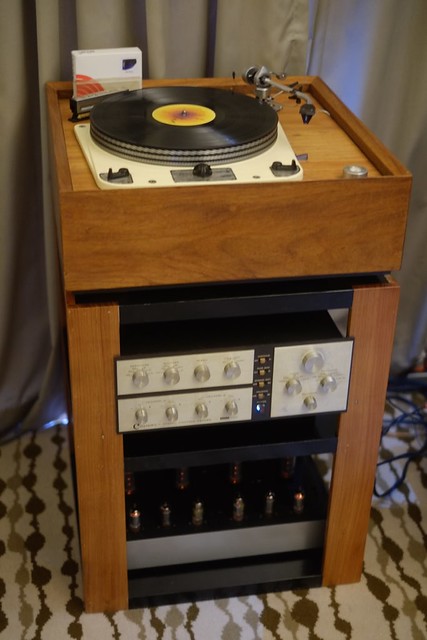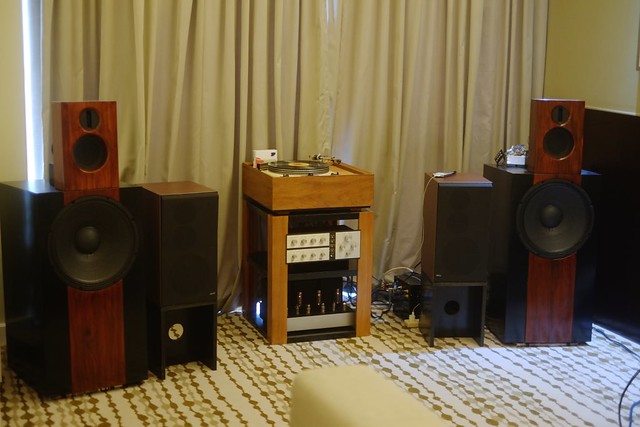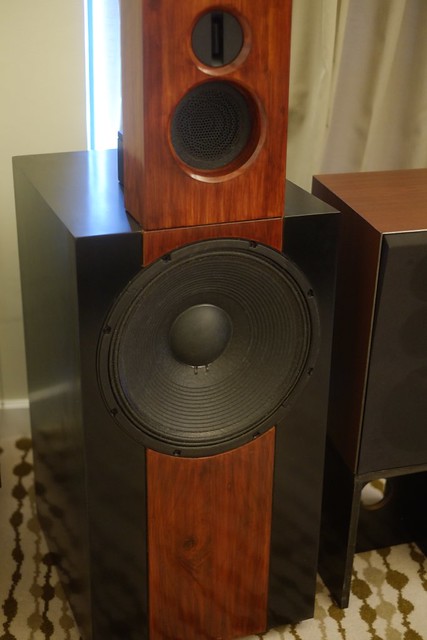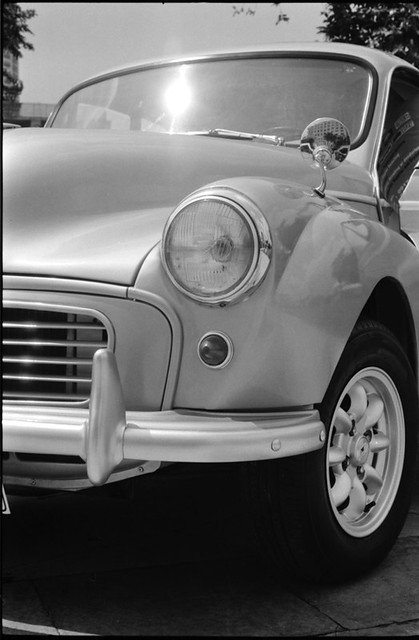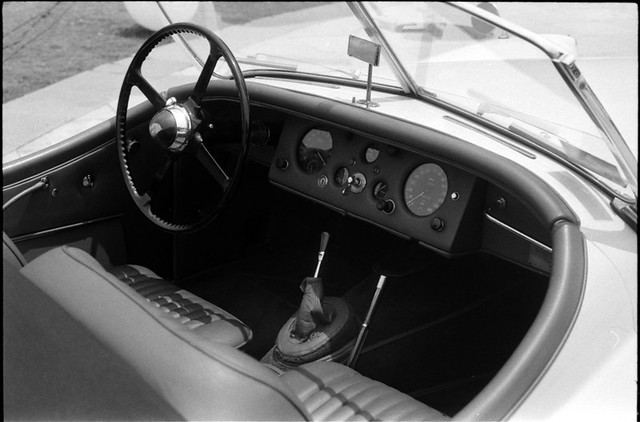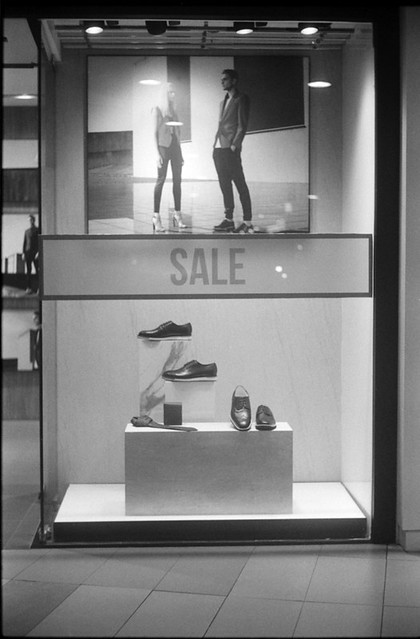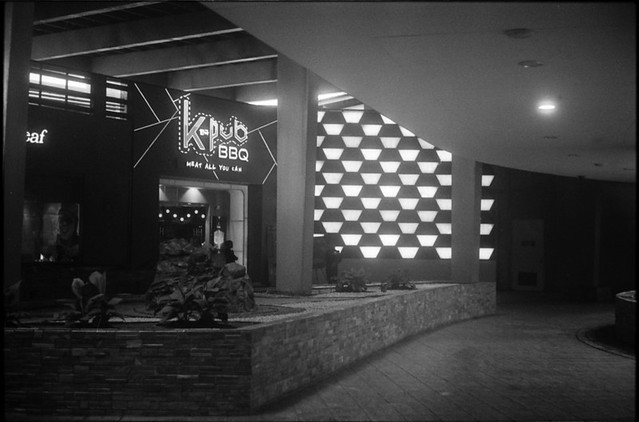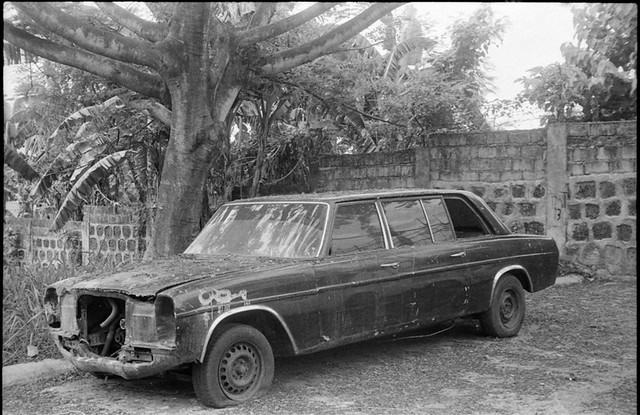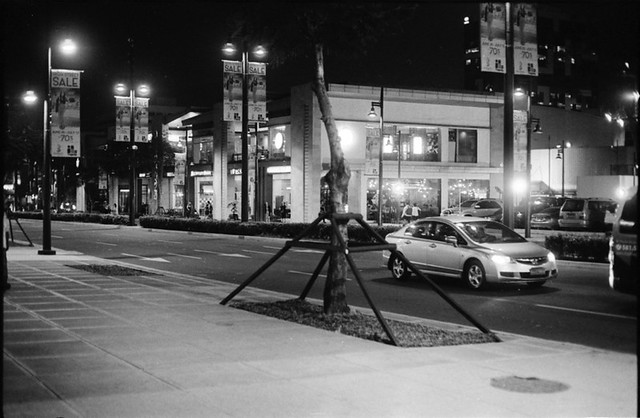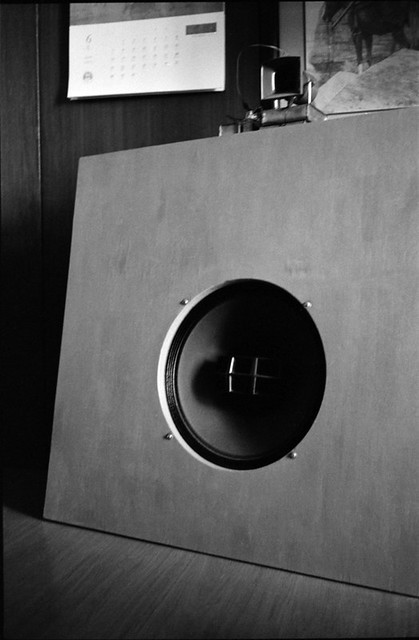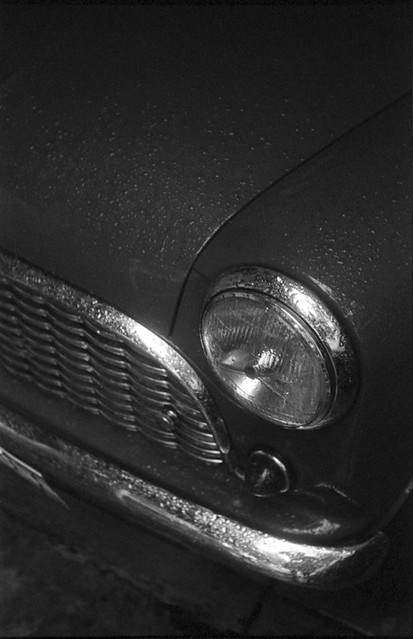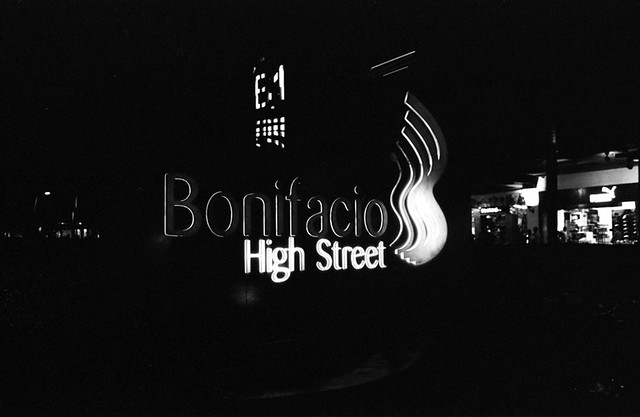This year's event was more intimate since it coincided with Manila hosting APEC. All the big hotels were fully booked. But the show went on and was held at the quaint Citadines Serviced Apartments in Salcedo Village.
As an exhibitor I don't get much time to go around to take pictures. So here are a few...
Software - lots of new and used CDs, LPs and related paraphernalia
Hardware
Harana/Tono/Setup
Room 1208
The focus of our exhibit was Restomod, starting with a Garrard 301 restored by Joel Villanueva fitted with an SME 3009 + an Ortofon MM cartridge.
The Harman Kardon Citation I preamp chassis houses a JE Labs phono and line stage circuit. 2 x 12AX7 + 12AU7 in the phono, 2 x 12AU7s in the line stage + 6X4 rectified power supply. The power amp is based on a Harman Kardon Citation II chassis and original OPTs with a JE Labs circuit using 6CG7s for the input/driver stage in a Mullard long tailed pair configuration driving push-pull cathode biased EL34s or KT88s connected in triode connected to the original OPTs. Power transformers and chokes are newly wound units from Edrel Sison of AT&S. Chassis refurbishing was done at the Harana Audio workshop.
A pair of B&O speakers from the early 70s restored by Joey of Harana Audio served as alternate speakers since it was originally part of a system along with the Garrard 301 and Citation I + II electronics.
The main speaker is a Harana Audio creation using JBL drivers: E140 15" woofer in a V-Vent II enclosure, LE175DLH midrange horn/compression driver, 2405 slot loaded super tweeter + Harana Audio custom crossover.











